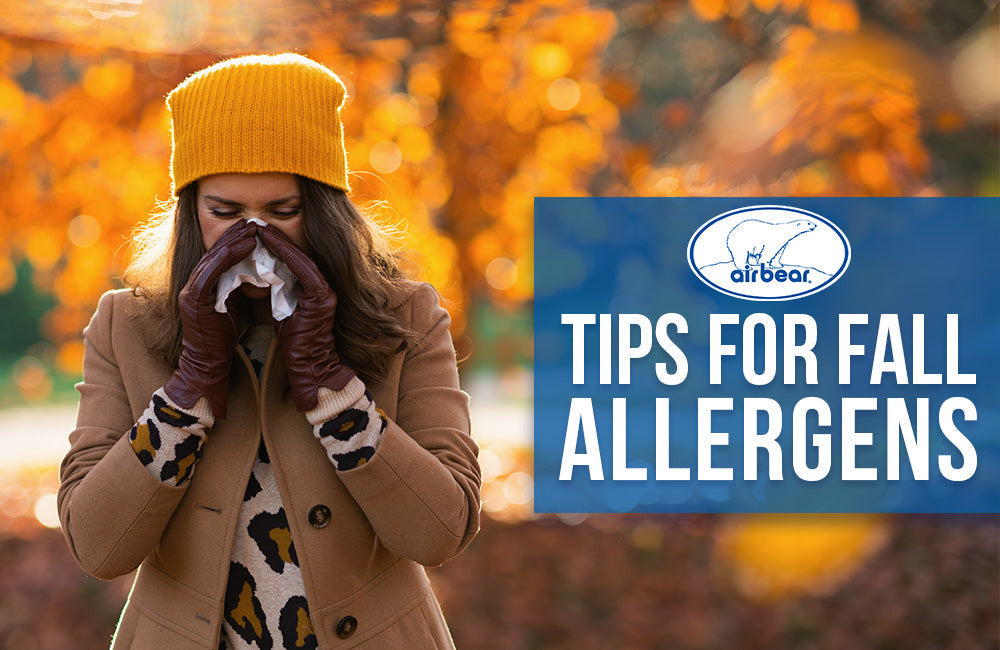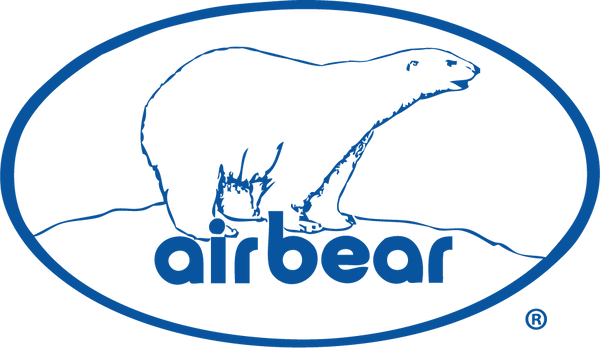
How to fight back against common fall allergens
Share
With the fall season upon us, the leaves are changing, football season is in high gear and cooler temps are on the horizon. Unfortunately, autumn airborne allergens become more prevelant and can affect your indoor air quality (IAQ).

Several airborne allergens become especially prevalent and can trigger seasonal allergies. Here are the most common culprits:
1. Ragweed Pollen
- Most dominant fall allergen.
- Ragweed blooms from late summer until the first frost.
- Its pollen can travel hundreds of miles, affecting people even in areas where ragweed doesn’t grow.
2. Mold Spores
- Mold thrives in decaying leaves, compost piles, damp soil, and indoor environments like basements.
- After the first frost, mold becomes a primary allergen, especially in cooler regions.
3. Dust Mites
- As people close windows and turn on heating systems, indoor humidity rises, creating ideal conditions for dust mites.
- They are commonly found in bedding, carpets, and stored clothing.
4. Pet Dander
- Increased time indoors with pets leads to more exposure to pet dander, which includes tiny skin flakes and proteins from saliva and urine.
5. Other Weed Pollens
- Besides ragweed, other weeds like pigweed, lamb’s-quarter, curly dock, sagebrush, and tumbleweed also release allergenic pollen in the fall.
How to Reduce Exposure to Fall Allergens
Limit Outdoor Activities on High Pollen Days Check daily pollen forecasts and stay indoors when counts are high—especially in the morning, when ragweed pollen peaks.
Keep Windows Closed and doors shut at home and in your car to prevent pollen and mold spores from entering.
Shower and Change Clothes After Being Outside. Pollen can cling to your skin, hair, and clothes. Showering and changing helps prevent it from spreading indoors.
Upgrade and Change Filters Install new filters if you have not done so in a while. A quick check can go a long way! If you're using cheap fiberglass filters, an upgrade to MERV 8 or higher can go a long way in fighting fall airborne allergens.
Control Indoor Humidity Keep humidity levels below 50% using a dehumidifier to discourage mold and dust mite growth.
Clean Regularly Vacuum carpets, wash bedding in hot water weekly, and clean damp areas like bathrooms and basements to reduce mold and dust.
Avoid Raking Leaves Without Protection Wear a mask and gloves when raking leaves, as mold spores thrive in damp leaf piles.
What MERV rating is best for fall allergens?
A MERV 8, 11 or 13 Air Bear filter will perform much better than any basic fiberglass filter. MERV 8 will do a great job of capturing pollen, dust mites and mold spores. If you suffer from severe allergies or have asthma, a MERV 11 or 13 filter may be your best bet. MERV 11 filter will help mitigate smaller mold sports and dust mites. A MERV 13 rating can mitigate bacteria and virus carriers and are the highest level of filtration we offer on our website.
As always, check your HVAC systems compatibility and size to ensure proper airflow and fit.
